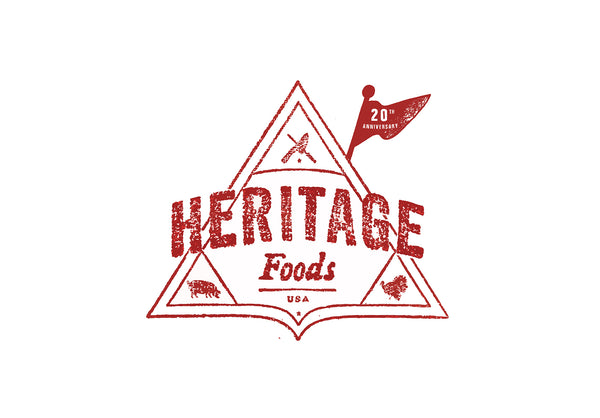
From Dublin to New York: An Irish History told through food

St. Patrick’s Day brings memories of bagpipes marching down 5th Avenue in New York City, dying the river green in Chicago or a stomach too full of Guinness. Rarely, however, is a delicious meal associated with the once religious holiday. This may be because, as one writer put it, “economy is the main ingredient in most traditional Irish dishes.” The culinary tradition of that came out of a largely peasant Ireland to a proud Irish-American community is one of humble, simple and truly delicious food. St. Patrick’s day gives us the opportunity to tell the story of the food of Ireland taking us from the Gaelic Kings, through the Great Famine, to the now prosperous and proud Irish-Americans.
In Ireland under the rule of the medieval Gaelic Kings, cows were a sacred animal, a symbol of wealth possessed almost exclusively by the wealthy. Beef was rarely a part of the diet because even as conflicts over herds sparked wars, cows were revered for their strength in the field and their milk. It wasn’t until the English conquered the island in the 16th century that beef became an important part of the food culture. The upper class of England prized the beef produced in Ireland preserving it with salt crystals the size of corn kernels, hence “corned beef”. Ireland soon became the British Empire’s top producer of corned beef but this meat was almost entirely exported to other colonies leaving the Irish to subsist on the recently introduced potato.
The new British Landlords took advantage of the lush green hills of Ireland brought with them herds of cows and sheep. The sheep were savored for their milk and wool. This meant that the only time Irish peasants ate mutton, or any meat for that matter, was when a sheep was old or injured. With the better cuts going to the upper class the peasant developed a stew that simmered these less expensive, but equally delicious cuts, for hours over an open fire. Combined with carrots, onions and potatoes this stew traditionally cooked in a big, black three-legged pot that more closely resembles a witches cauldron than anything you would see at a kitchen store today. Below we have adapted the recipe for Irish Stew from 1874 for a modern audience while still keeping the tradition, and most importantly, flavor alive. It wasn’t until the potatoes failed to feed the Irish-Catholic peasants in the Great Famine of 1845, that the Irish were given the opportunity to have beef on their plates.
In the years following the potato famine over one million Irish people immigrated to America, many landing in New York City where they found themselves sharing tenement housing with another group of discriminated people, American-Jews. The influx of Irish Immigrants began celebrating St. Patricks Day as a way to remember their heritage and homeland. March 17th became a day to splurge. Irish Americans would go to their corner Kosher Butcher and buy the economical corned beef brisket combining it with cheap but delicious cabbage and of course, potatoes.
